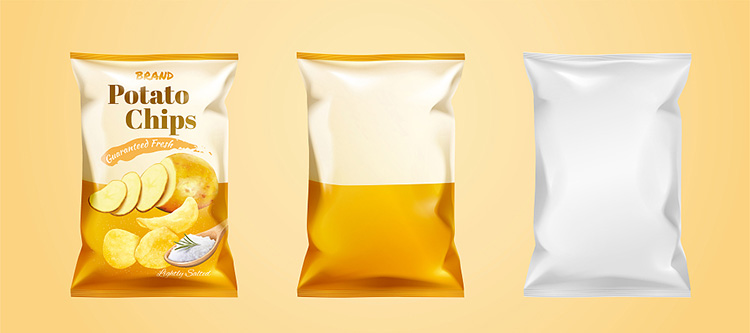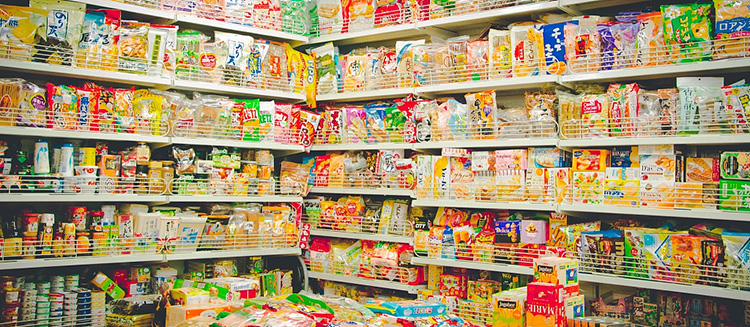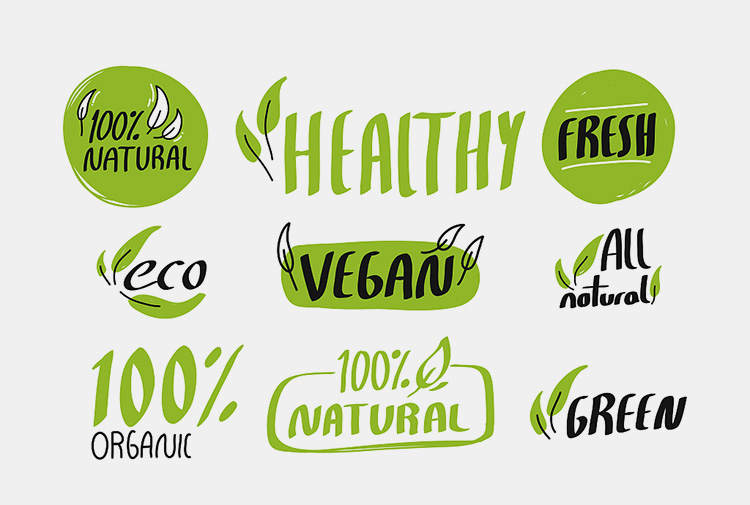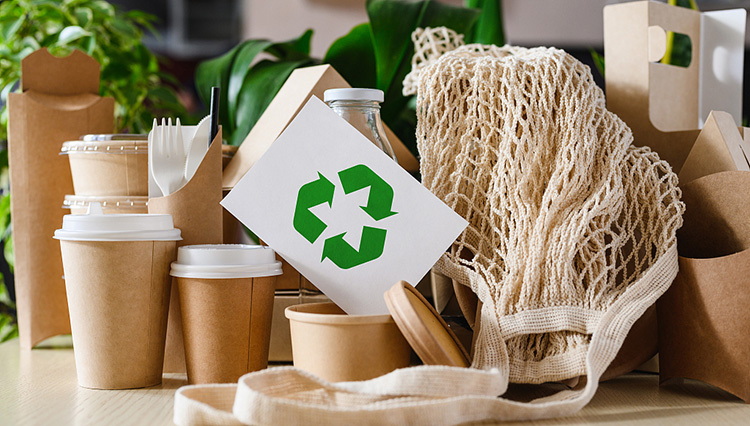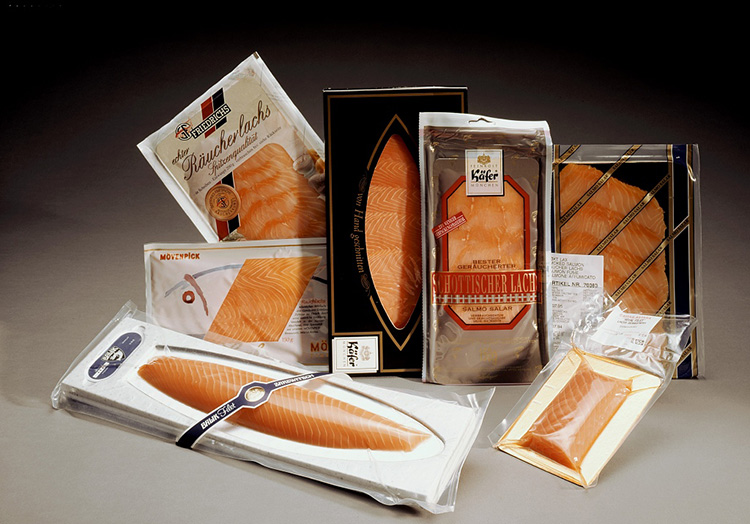The Green Revolution In Food Packaging
Did you know that bagged chips come in 6-7 layers of packaging? Did you know that the food category most willing to spend money on packaging? Is recyclable packaging really being recycled? Can biodegradable packaging really save the planet?
We as consumers should know very few of the answers to the above questions. When we buy food, unpack it and put it in our mouths, we care about the flavour, we care about the health, we care about the food itself. But in reality, food packaging is a very important part of food.
Like the chip bag mentioned at the beginning, its multi-layered material overlapping and pressing process is designed to seal and aerate the chips to prevent moisture and ensure their taste and shape.
Food packaging material safety is the most basic requirement, but also has a variety of different functional requirements such as oil resistance, moisture resistance and impact resistance. In recent years, the scale of the food packaging market has been expanding, accounting for about 65% of the domestic packaging market share, the industry’s development prospects are very good.
However, at the same time, the resource consumption and environmental pollution brought about by the food packaging industry are also gradually being taken seriously. Walkers, the UK’s leading crisp and snack producer, has been the subject of a joint protest by over 330,000 people because of the pollution of bags behind its large output.
“The global branding initiative, Break Free From Plastic, found that seven of the top ten brands that produce the most plastic waste are food brands. Food brands’ plastic reduction initiatives are imperative and food packaging materials are an important part of the overall green supply chain under the dual carbon policy.
Under the pressure of policies, downstream markets and consumers, the packaging industry is undergoing a “green revolution”, and how to replace polluting materials with environmentally friendly green packaging materials that are recyclable, edible and biodegradable to promote ecological sustainability is a hot topic in the packaging industry.
Green packaging, also known as sustainable packaging, usually includes both recyclable and biodegradable types. There is already a lot of green packaging on the market. The recyclable type, such as a foreign beer brand breaking and rebuilding the entire beer packaging line, uses sea glass bottles (smooth glass remains formed after being polished by water, sand and waves in nature) as the main material for packaging to save the large amount of water consumed in the production of glass products; the biodegradable type, such as a brand of coffee cans made from coffee grounds. The coffee grounds are collected, dried and mixed with biopolymers, starch, cellulose, wood, natural resins, waxes and oils. The composite material is biodegradable, lightweight and has the smell of coffee and the appearance of dark wood.
Rising costs are the biggest obstacle for food packaging companies and brands in their efforts to ‘reduce plastic’. The process of adopting environmentally friendly packaging is complex and means changes to the entire raw material pipeline to the production line, requiring investment in equipment, production processes, training and other aspects, so it is a costly exercise for a company to adopt environmentally friendly packaging.
Thankfully, consumers are waking up to environmental awareness. The PwC Global Consumer Insights 2021 report shows that 55% of respondents worldwide are interested in buying goods that use environmentally friendly packaging or less packaging, and 54% of respondents would buy products from companies that value and support environmental protection.
For food brands, when a mature traceability chain is formed in the food life cycle, information on the composition, origin and recycling of packaging materials will become more and more transparent, and even through the scanning of the traceability code on the packaging, consumers will be able to understand the efforts made by the brand in environmental protection, which will also encourage them to dispose of the used packaging more properly, improving the green closed loop of production – transportation – use – recycling.
For food packaging companies, the future of the packaging industry will be greatly enhanced by regulation, when the carbon footprint of the production of environmentally friendly packaging materials and the carbon emissions of production plants can be calculated and recorded, so that they can quickly respond to market regulation; in addition, packaging materials with a “green label” can seize the opportunity in the fierce competition in the industry, and be In addition, with a “green label”, packaging materials can be seen and adopted by more brands.
Blockchain technology and the Wechain industry solution are powerful drivers for food brands and packaging companies to develop a low-carbon environment.
Walkers chips, which was jointly protested against as mentioned earlier, has already launched a chip bag recycling scheme and is producing recycled products.
Nowadays, a low-carbon lifestyle has become a fashion and a value, driving the development of low-carbon and environmentally friendly packaging. But there is still a lot of room for improvement in current research and development techniques for environmentally friendly packaging, and in the implementation of environmental protection by consumers.
Is recyclable packaging really being recycled? Can biodegradable packaging really save the planet?
What can be determined is that the earth is not recyclable, and the above questions need to be answered by the brand, the package, the supply chain and the consumer.
Don't forget to share this post!
CONTACT US
Tell us your raw material and project budget to get quotations within 24 hours.
WhatsApp Us: +86 181 7101 8586
The Buyer's Guide
Tell us your material or budget, we'll reply you ASAP within 24 hours


